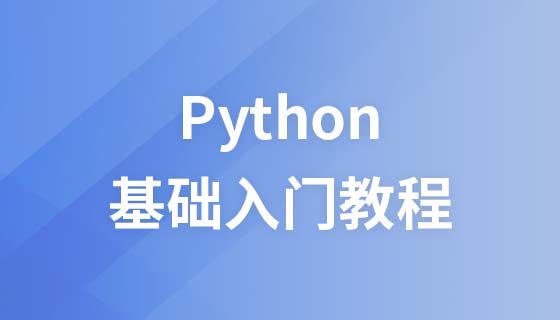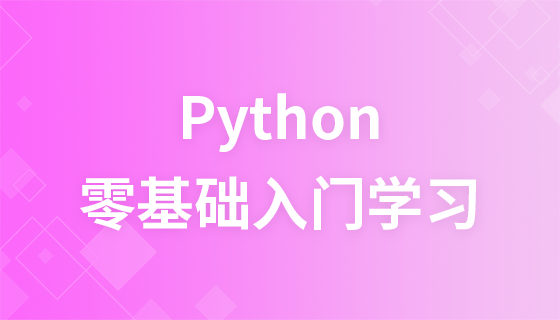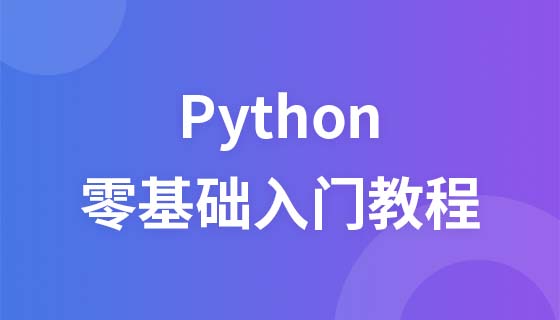答案:通过input获取用户输入的数字字符串,用split()分割并转换为浮点数列表,再用for循环累加求和,可加入try-except处理非数字输入,确保程序健壮性。

在 Python 中,使用 for 循环 对用户自定义的数列进行求和非常简单。你可以先获取用户的输入,将其转换为数值列表,然后通过 for 循环逐个累加元素得到总和。
让用户输入一组数字,可以以空格分隔,然后用 split() 方法拆分,并通过 int() 或 float() 转换为数字。
例如:定义一个变量(如 total = 0),然后遍历数列中的每个元素,依次加到该变量上。
代码示例:
# 获取用户输入
user_input = input("请输入一组数字,用空格分隔:")
<h1>将输入字符串转换为数字列表</h1><p>numbers = [float(x) for x in user_input.split()]</p>
<div class="aritcle_card">
<a class="aritcle_card_img" href="/ai/1088">
<img src="https://img.php.cn/upload/ai_manual/001/503/042/68b6c8959c7f3109.png" alt="通义万相">
</a>
<div class="aritcle_card_info">
<a href="/ai/1088">通义万相</a>
<p>通义万相,一个不断进化的AI艺术创作大模型</p>
<div class="">
<img src="/static/images/card_xiazai.png" alt="通义万相">
<span>596</span>
</div>
</div>
<a href="/ai/1088" class="aritcle_card_btn">
<span>查看详情</span>
<img src="/static/images/cardxiayige-3.png" alt="通义万相">
</a>
</div>
<p><span>立即学习</span>“<a href="https://pan.quark.cn/s/00968c3c2c15" style="text-decoration: underline !important; color: blue; font-weight: bolder;" rel="nofollow" target="_blank">Python免费学习笔记(深入)</a>”;</p><h1>使用 for 循环求和</h1><p>total = 0
for num in numbers:
total += num</p><h1>输出结果</h1><p>print("数列的和为:", total)
为了增强程序的健壮性,可以加入简单的异常处理,防止用户输入非数字字符导致程序崩溃。
改进版本:
user_input = input("请输入一组数字,用空格分隔:")
total = 0
<p>try:
numbers = [float(x) for x in user_input.split()]
for num in numbers:
total += num
print("数列的和为:", total)
except ValueError:
print("输入无效,请只输入数字!")
基本上就这些。通过 input 获取数据,列表推导式转成数字,for 循环累加,就能实现对自定义数列的求和。不复杂但容易忽略细节,比如类型转换和异常处理。
以上就是pythonfor循环怎么对自定义数列求和_pythonfor循环对用户定义数列进行求和的实例的详细内容,更多请关注php中文网其它相关文章!

python怎么学习?python怎么入门?python在哪学?python怎么学才快?不用担心,这里为大家提供了python速学教程(入门到精通),有需要的小伙伴保存下载就能学习啦!




Copyright 2014-2025 https://www.php.cn/ All Rights Reserved | php.cn | 湘ICP备2023035733号